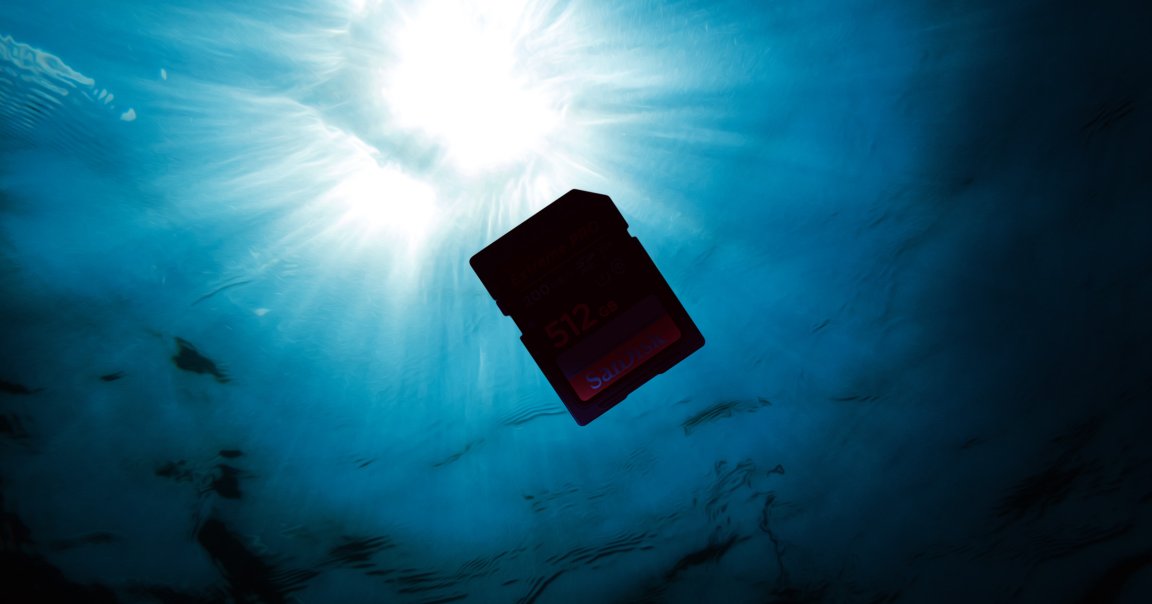
Amid the mangled wreckage of the OceanGate Titan submersible that horrifically imploded two years ago, investigators found a single SD card that miraculously survived intact — and still works.
The discovery was flagged last week by science communicator Scott Manley, who has extensively covered the underwater tragedy.
According to documents from the National Transportation Safety Board investigation shared by Manley — available in full here — a recovery team found a camera with a titanium casing containing the SD card. The camera device model was listed as a SubC Rayfine Mk2 Benthic Camera, which is rated up to a depth of 6,000 meters, or nearly 20,000 feet.
While the camera’s lens was shattered, and some of the electronic hardware inside was rattled around and disconnected, the SD card survived completely “undamaged,” the documents said.
The card appears to be a SanDisk Extreme Pro 512GB, according to Tom’s Hardware, which costs $62.99.
Investigators wrote that the optical window covering the camera lens, made of synthetic sapphire crystal, had held strong, protecting the interior when the lens gave way.
Once the card was recovered, an exact binary image of it was made so investigators could examine its contents. They discovered, however, that the data was encrypted, and would require encryption keys stored in the camera’s CPU, which was broken. Authorities contacted the manufacturers of the different hardware parts used in the camera, and with their help, were able to use surrogate parts to extract the data.
They eventually recovered 12 still images and nine videos from the SD card, all at 4K resolution or higher. But it turned out that there wasn’t any footage taken during the accident, since it appeared that the camera had been configured to offload its data onto an external storage device on the submersible’s onboard computer, which was destroyed.
The insights come as the National Transportation Safety board released its final report on the catastrophic hull failure that led to the Titan submersible imploding while diving to the Titanic shipwreck some 12,500 feet underwater in June 2023, killing all five people onboard. A days-long search ensued before it was eventually determined that no one could have survived the grisly disaster.
The NTSB report blamed the Titan’s poorly constructed carbon fiber and titanium hull which contained “multiple anomalies” and “failed to meet necessary strength and durability requirements.”
The findings also singled out OceanGate CEO Stockton Rush, who was killed in the expedition, for failing to properly test the vehicle. Rush had called safety precautions “pure waste,” used legal threats to silence his critics, and allegedly said that if the Coast Guard tried to interfere with his operation, he would “buy a congressman” to make the problem “go away,” a former employee testified.
More on OceanGate: Government Releases Audio of Implosion of Titanic Sub